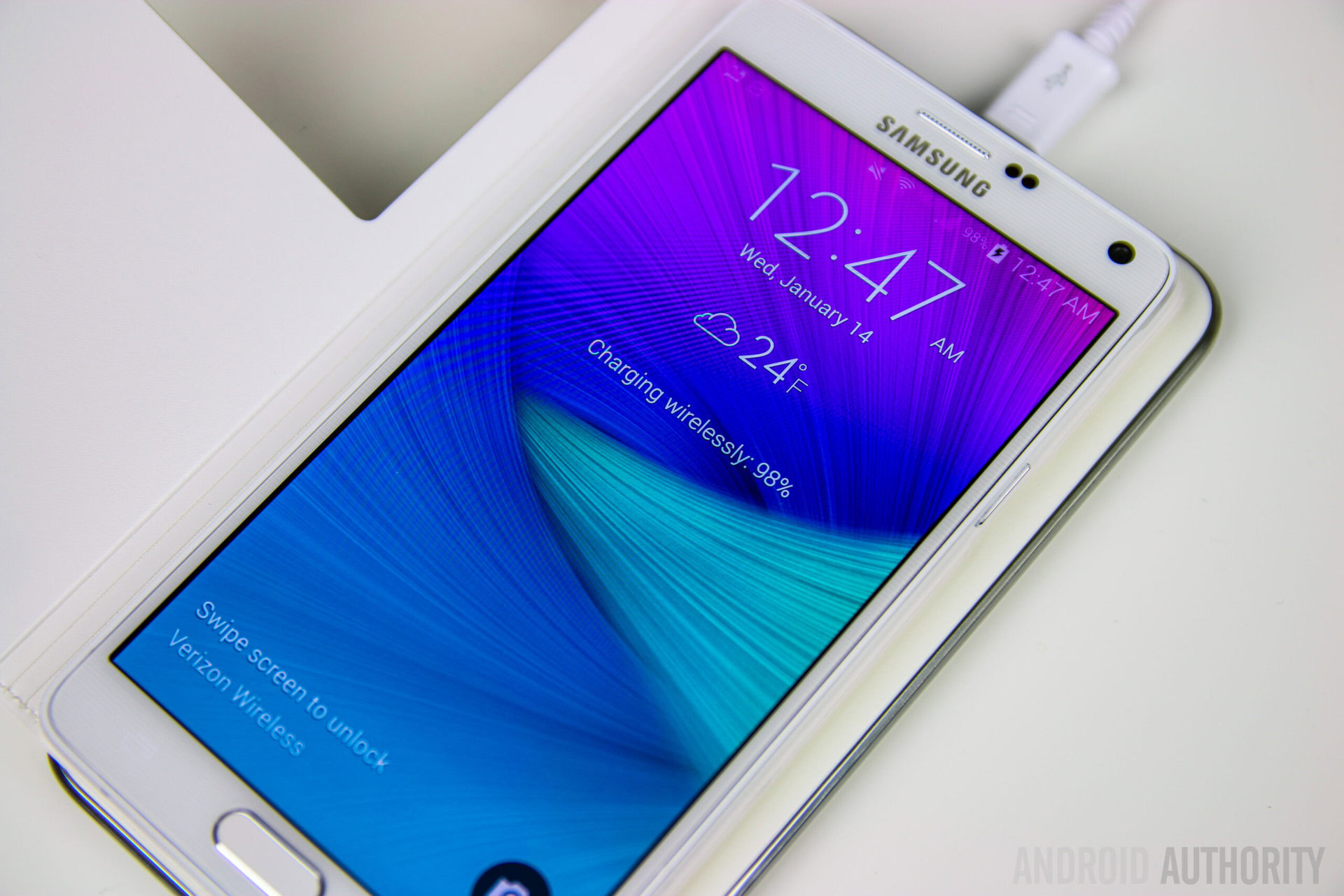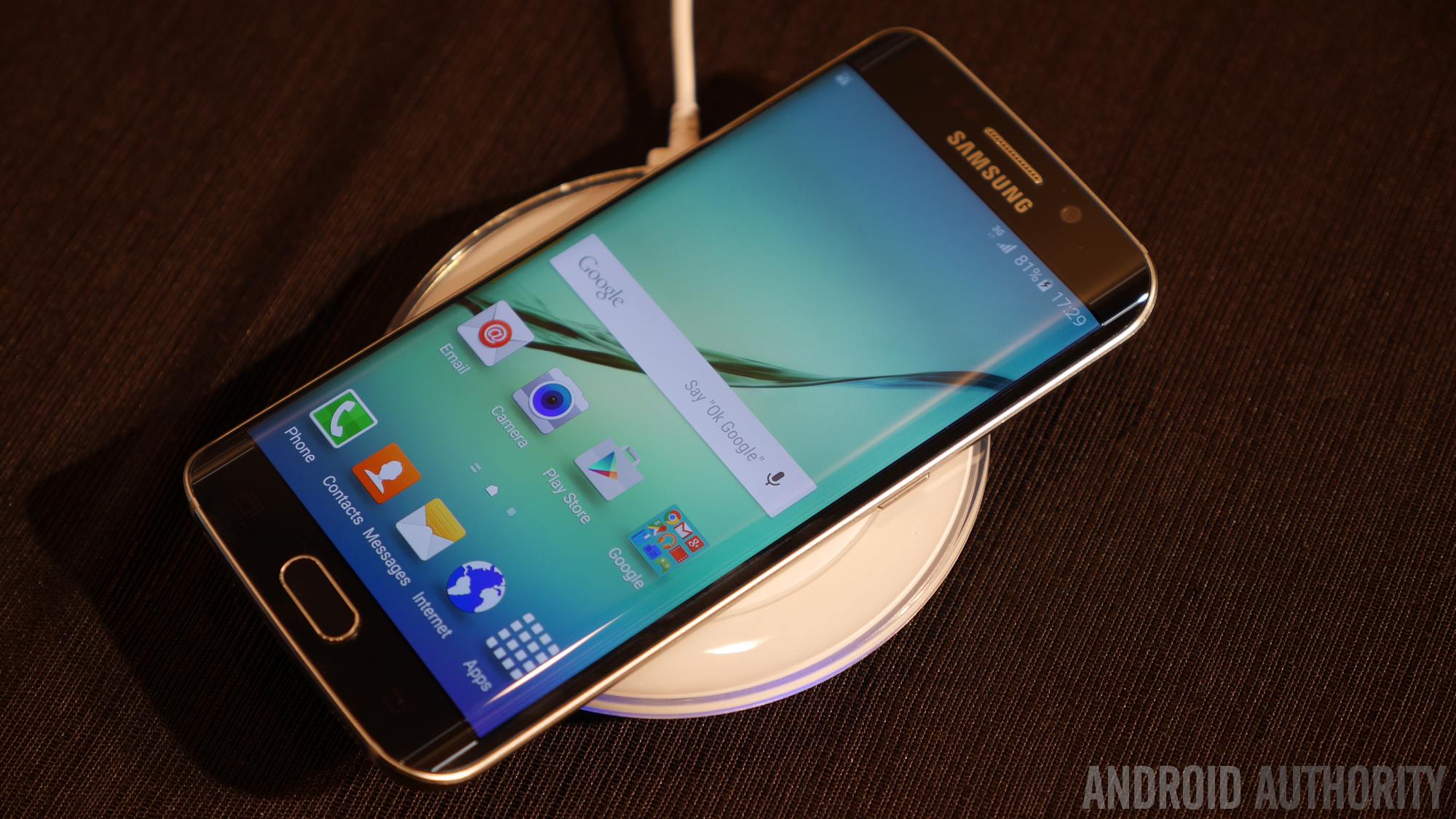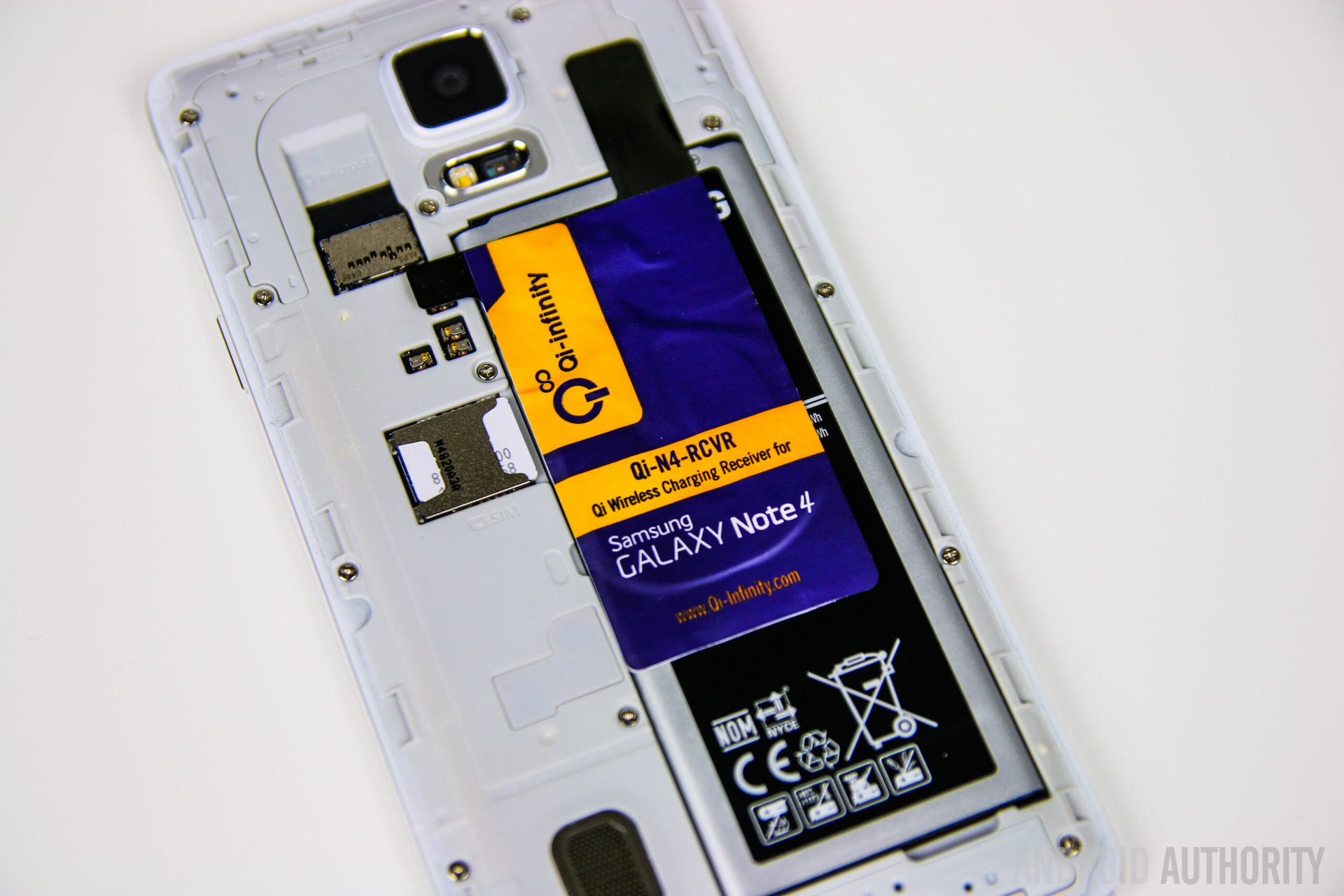Affiliate links on Android Authority may earn us a commission. Learn more.
PMA vs WPC and the future of wireless charging

Two of the biggest players in the wireless charging industry are the Power Matters Alliance (PMA) and the Wireless Power Consortium (WPC), the latter of which owns well established Qi standard. Both are backed by a number of big names in the mobile industry and these two standards are supported in Samsung’s new Galaxy S6, a sure sign that market appears to be moving away from solely relying on Qi.
Furthermore, PMA and the Alliance for Wireless Power (A4WP), the third largest group in the space, signed a collaborative deal earlier in the year. The agreement sees the two companies exchange patents, technologies and systems in order to facilitate a faster evolution and adoption of wireless charging technology. While the PMA prefers inductive charging, which is similar to Qi, A4WP’s Rezence standard makes use of magnetic resonance charging. We’ve taken a look at the key technological differences before, so we’ll just quickly recap the major points.
The wireless charging industry is expected to reach revenue levels of $1.7 billion this year
Both the PMA and Qi are based on inductive charging, which operates over short distances, less than 1cm, and usually uses magnets to hold your phone in the right place.
Resonance charging, by comparison, operates over longer distances at the expense of less power as the distance increases, up to a couple of inches. This enables the technology to easily charge multiple devices at once. Each of these three standards delivers around 5W of power to your smartphone, which is roughly equivalent to using a 1 Amp wall charger. While slower than new Quick Charge technologies, this is still far faster than charging via computer USB connection.
The Qi standard also now supports resonance charging from a supported transmitter pad. Legacy devices are supported, but the technology was researched and implemented post the release of Qi, meaning that there are some subtle differences in between it and A4WP’s standard.

A4WP communicates between your smartphone and charging pad using a Bluetooth Low Energy link, which controls power levels, identifies valid loads and is used to protect non-compliant devices from receiving power they can’t handle. This is especially useful when charging multiple devices, as power can be directed to empty devices and not wasted on ones which are full. Qi, on the other hand, uses backscatter modulation, using the transmitted power to also communicate a signal. This still allows for intelligent control over charging characteristics, but a single source cannot so readily receive signals from multiple devices at once. If you’re looking to charge low power wearables alongside a smartphone and tablet, clear communication and power management is important.
When it comes to home use, PMA/A4WP and Qi are both quite suitable, although charging multiple devices from a single mat or platform, at greater distances, sounds more promising. We’ll just have to wait for resonance based products to hit the market later this year.
[related_videos title=”Wireless power interviews from CES 2015:” align=”center” type=”custom” videos=”580165,579533,580169″]
While home users are probably just eager for a common standard to be applied to all their devices, commercial implementations are more likely to have the final say in deciding the main standard. You have probably heard about PWA’s deal to bring wireless charging to Starbucks and McDonalds, and Qi stations making their way into hotel chains. However, it’s hard not to feel that technologies suited to charging multiple devices at once have the best chance of succeeding in the business space.
Wireless charging of your device at a distance of 15 feet? It is coming sooner than you think, thanks to Energous
This is where ideas like Energous’ WattUp, which can charge your device up to a range of 15 feet away, and is a PMA member that leads the uncoupled working group of the PMA, and Ossia Cota could come into their own. These technologies allow for charging at much greater distances, up to 30 feet, and can intelligently charge numerous devices at once. Although the power supplied to devices is lower than inductive and resonance charging methods. Larger WiFi-esque hubs, rather than docks or mats, are used to target compatible devices with pockets of energy composed of thousands of high frequency signals. The hub nature also opens these platforms up to smart power management, multi-device support and remote charging schedules. Although these two technologies are different, they could end up offering similar benefits to consumers and businesses.
Walking into a coffee shop or office and leaving your phone to charge up while still in your pocket is much more convenient than having to secure yourself a seat near one of the designated charging spaces. Much like the multi-hub approach being adopted for future LTE technologies, wireless power could end up topping up your mobile devices continuously from multiple hubs located in busy areas.
Technologies suited to charging multiple devices have the best chance of succeeding in the business space
Not to mention the cost aspect associated with embedding numerous single charging stations in a premises, rather than a single or couple of hubs that can charge multiple devices. Ideas like WattUp and Cota may require a larger up front cost for a single unit, but they scale up much more economically than inductive docking stations, when it comes to catering for a larger number of people.

In much the same was as free WiFi acts as an opportunity for businesses to put offers directly before consumers, companies connecting to consumers via Bluetooth to offer free charging in exchange for a little marketing is a viable business proposition. Something which PWA have been keen to promote, although some are concerned about businesses further tracking consumer habits. There’s also a huge potential market for this type of technology in medicine, the automotive industry, and as low power, wireless internet-of-things devices become more common.
The wireless charging industry is expected to reach revenue levels of $1.7 billion this year, with industry revenue anticipated to jump as high as $15 billion by 2024. However, there’s still no clear industry consensus on a universal standard and there are some interesting new technologies entering the field which could shake up the current leaders.